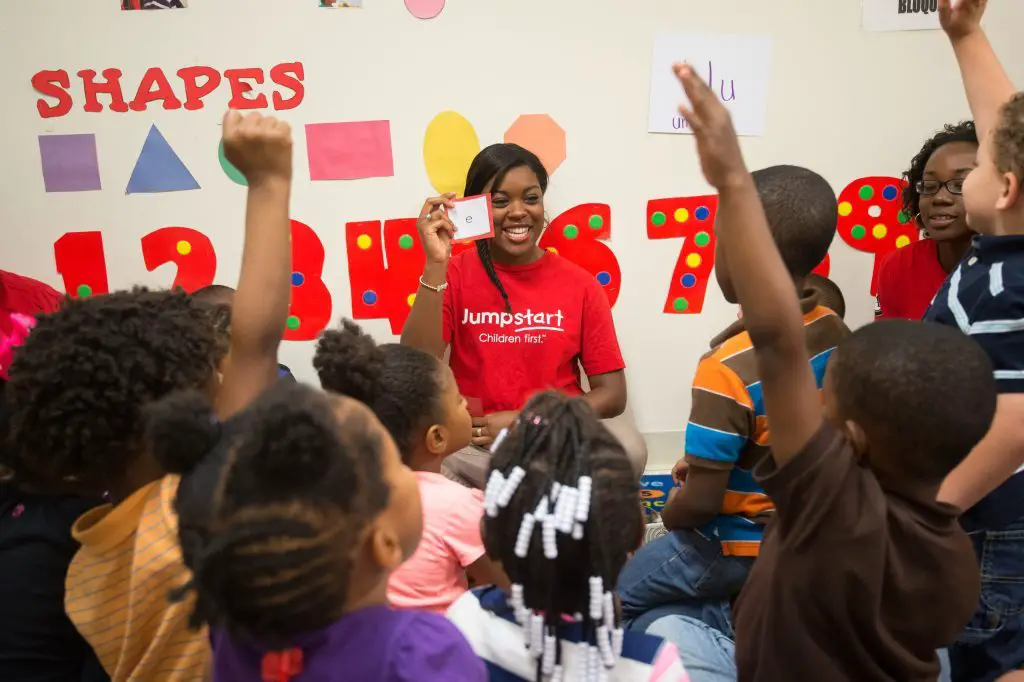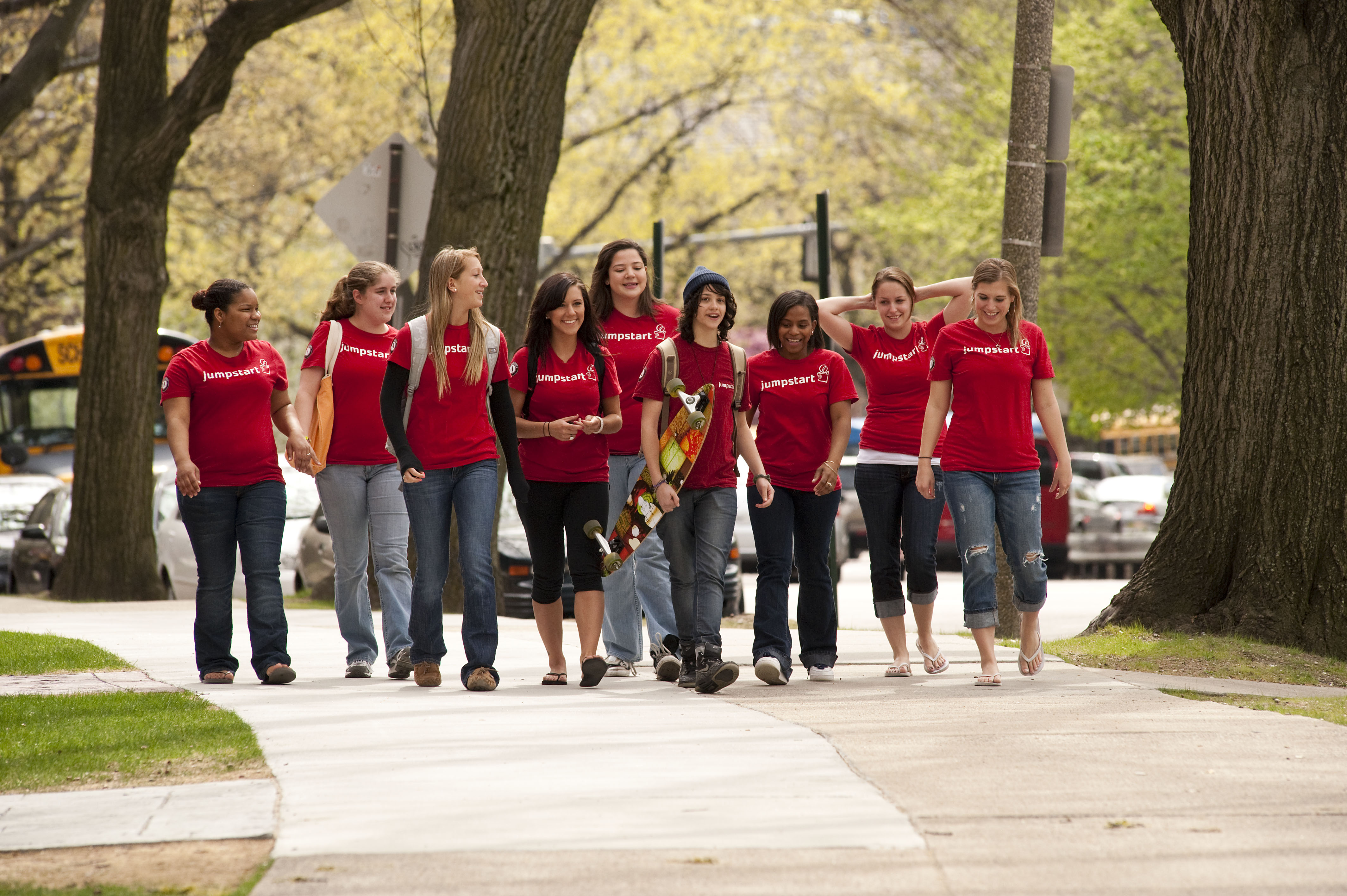It’s no secret that in the United States, socioeconomic status impacts student performance in schools. The differences in social and economic class, race and gender contribute to an undeniable achievement gap. Studies show that this achievement gap starts to show itself as early as kindergarten.
Some children attend prestigious daycare or preschool centers, while others don’t attend any preschool at all. Even though the public school system provides free (plus the cost of taxes) education to students from kindergarten through twelfth grade, there is currently no funding for preschool at the federal level.
Many researchers who study the achievement gap would say that there is a need for such a funding. Gaps exist in kindergarteners not just “in cognitive skills such as math and reading, [but]…in noncognitive skills like persistence, self-control, and social skills…between socioeconomically disadvantaged and advantaged children.” While many of us remember preschool as a day full of animal crackers and naps, the lessons learned there actually help to set students up for success in the future.
This is where Jumpstart comes in. Jumpstart is an AmeriCorps organization in which college students help preschool children gain the skills they need to be on the same level as the more socioeconomically privileged kindergarteners. The program gives these children the “jumpstart” that they need to succeed. It provides “language, literacy, and social-emotional programming for preschool children from under-resourced communities and promotes quality learning for all.”
Preschoolers who experience the Jumpstart curriculum have an opportunity to gain the skills they need to bridge the achievement gap, while college students who participate in the program can foster educational and social growth in children that need it.

Sounds great, right? There’s plenty of benefits involved for the college student as well. Jumpstart says that its corps members are students “who are interested in education, looking for a work-study opportunity, or simply love spending time with children.” Even if you don’t want to pursue teaching as a career, it’s a good way to earn money through Federal Work Study while you work toward your degree. In addition to Federal Work Study money, completing a certain amount of hours qualifies one for a Segal AmeriCorps Education Award. So, essentially bonus in addition to a salary.
If a student doesn’t qualify for Federal Work Study, they can still participate in Jumpstart as an Americorps member. Being an Americorps member means being a part of a society of volunteers in America looking to bring out the best in the country. It’s the United States’ version of the Peace Corps. Regardless of how one gets involved, Jumpstart is an excellent opportunity for college students.
Each lesson is planned around a book. Depending on the location and school type, Jumpstart typically brings in the same book for two sessions. First the book is read to children in “Read for Enjoyment,” a session in which key vocabulary words and plot points are pointed out. In the next session “Read to Reconstruct,” preschoolers have a chance to connect the characters in the book to their own lives, which will test their memory as the plot is retold to them.
Jumpstart also regulates the schedule that each team of corps members follows every single time they enter a preschool classroom. First, the team members welcome the kids to the Jumpstart program by separating them into groups of about three or four preschoolers per corps member. In this group, they go over letters of their own and each other’s names. Next, the corps members read a book to their small group for Read for Enjoyment.
By focusing each lesson on a book, children have fun while learning about the English language. The children are expected to have varying levels of knowledge of the English language or language in general, so by basing lessons around books, corps members can incorporate visuals and facilitate children’s understanding.
After reading the book, children are taken to a classroom section such as a small rug for circle time. College students get to sing “The Wheels on the Bus” and say “The Itsy Bitsy Spider” all over again during circle time. After circle time comes center time, in which children paint, draw and play house. If a classroom lacks supplies, corps members are paid to bring in extra supplies for the room. After center time, everyone returns to circle time so that the children can share their experiences from the day before corps members leave. When they come back in the next session, they will do everything the same except for replacing Read for Enjoyment with Read to Reconstruct.
The books that the curriculum uses change every week, but the team attempts to feature stories that show people from all sorts of backgrounds. Corps members need to have a cultural awareness and sensitivity to children who come from different types of homes.
As a Jumpstart corps member, you need to learn how to honor a child’s values while also exposing them to other ways of thinking. Helping kids to grow their social-emotional skills means that respecting themselves and each other is put at the forefront. Even something as simple as where a kid sits can impact that child’s mood for an entire session.
While the hands-on activities focus on developing social-emotional skills, they also help to develop oral language, book and print skills. As a child paints a picture, Jumpstart members encourage them to engage in conversation about what they are painting. Once that painting is finished, the kids need to at least make an attempt to sign their name on their own. Even scribbles on the bottom corner in crayon are an impressive achievement and receive the treatment as such. Validating the efforts of the children helps to create persistence and self motivation.
While evidence points towards the achievement gap beginning in kindergarten, the United States currently has no formal preschool program to fix this. Jumpstart corps members work hard to make sure that three and four-year-old children feel confident enough to enter kindergarten alongside their peers who had access to different resources. Everyone can agree that education is important, and helping children start early ensures the best chance at an equal playing field.

















